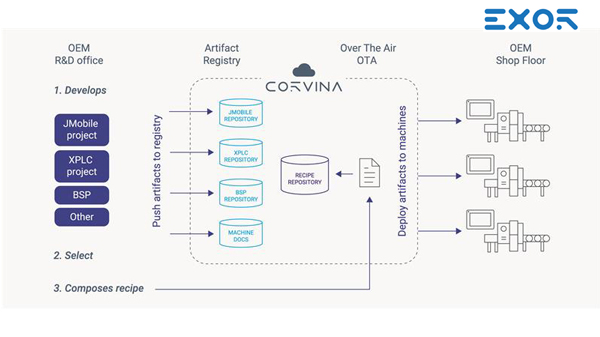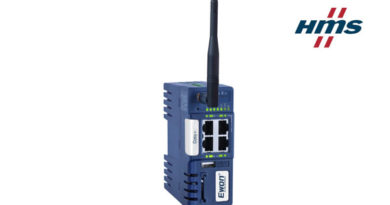Why Fleet Management: Overcoming Conventional Physical Constraints

How Fleet Management amplifies efficiency, scalability, and profitability in the age of digitalization.
In the past, machine builders primarily concentrated on designing and producing their machines. However, with the global distribution of their machines, the focus has shifted to post-production activities like bug elimination, maintenance, and unit optimization. To address these challenges effectively, adopting efficient fleet management technology can prove highly beneficial. As machine builders navigate the complexities of global expansion, keeping their machines updated and maintained is crucial. Manual updates are not only costly and time-consuming but also pose a challenge as the number of machines in operation grows. Machine builders must regularly update their machines to address bugs and enhance performance. Unfortunately, the current reliance on manual updates and expensive on-site visits has created a cycle that hinders progress and increases costs.
Fleet management can help machine builders achieve the following benefits:
– Cost reduction: Eliminate the financial burden of on-site visits and manual interventions. Fleet management allows machine builders to perform remote updates, saving time and money on travel.
– Strategic asset utilization: Understand how machines are used to optimize asset management. Fleet management provides machine builders with real-time data and insights on the performance and usage of their machines, enabling them to identify and address issues, optimize settings, and plan maintenance schedules. It also helps machine builders to understand the needs and preferences of their customers, and tailor their solutions accordingly.
– Enhanced customer value: Provide customers with a holistic machine service, from maintenance to consulting to training. Fleet management enables machine builders to offer value-added services to their customers, such as remote monitoring, condition-based maintenance, performance consultancy, and energy efficiency. These services can improve the reliability, productivity, and sustainability of the machines, and increase customer satisfaction and loyalty.
– Increased revenue and profitability: Leverage value-added service bundling as a robust strategy for customer retention and revenue enhancement. Fleet management allows machine builders to create new revenue streams by offering service packages that include remote updates, diagnostics, repairs, and consultancy. These packages can generate recurring income, increase customer retention, and differentiate machine builders from their competitors.
Conclusion
Fleet management is a technology that can help machine builders overcome the conventional physical constraints that limit their ability to update, maintain, and enhance their machines remotely. It can also help machine builders amplify their efficiency, scalability, and profitability, by reducing costs, optimizing asset utilization, enhancing customer value, and increasing revenue and profitability.



